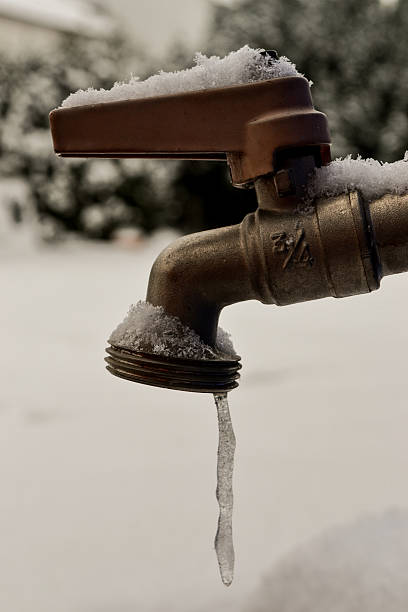Tips to Protect Pipes from Freezing Issues: Important Guidance
Tips to Protect Pipes from Freezing Issues: Important Guidance
Blog Article
Just how do you really feel about 6 Ways to Prevent Frozen Pipes?

Cold weather can wreak havoc on your pipes, particularly by freezing pipes. Here's just how to prevent it from occurring and what to do if it does.
Introduction
As temperatures drop, the threat of icy pipelines boosts, potentially bring about expensive repairs and water damage. Understanding exactly how to stop frozen pipelines is vital for property owners in chilly environments.
Prevention Tips
Insulating susceptible pipelines
Cover pipes in insulation sleeves or utilize warmth tape to safeguard them from freezing temperature levels. Concentrate on pipelines in unheated or outside areas of the home.
Home heating techniques
Keep interior spaces appropriately heated, specifically locations with pipes. Open closet doors to permit warm air to circulate around pipelines under sinks.
Exactly how to recognize frozen pipelines
Look for decreased water circulation from faucets, uncommon odors or noises from pipelines, and noticeable frost on subjected pipelines.
Long-Term Solutions
Architectural adjustments
Think about rerouting pipelines far from exterior walls or unheated locations. Include extra insulation to attics, basements, and crawl spaces.
Updating insulation
Invest in top notch insulation for pipelines, attics, and walls. Proper insulation helps keep consistent temperatures and minimizes the threat of icy pipelines.
Shielding Outside Pipes
Yard hose pipes and exterior taps
Disconnect and drain pipes garden tubes before winter. Set up frost-proof spigots or cover exterior faucets with protected caps.
Recognizing Icy Pipes
What causes pipes to ice up?
Pipelines freeze when subjected to temperatures below 32 ° F (0 ° C) for prolonged periods. As water inside the pipelines ices up, it expands, putting pressure on the pipe wall surfaces and potentially creating them to break.
Threats and problems
Frozen pipelines can result in water supply disturbances, property damages, and expensive repairs. Burst pipes can flood homes and cause substantial structural damage.
Indications of Frozen Pipeline
Determining icy pipes early can prevent them from breaking.
What to Do If Your Pipes Freeze
Immediate activities to take
If you presume frozen pipes, keep taps available to relieve pressure as the ice melts. Make use of a hairdryer or towels taken in hot water to thaw pipelines gradually.
Conclusion
Avoiding frozen pipes calls for aggressive measures and quick reactions. By understanding the reasons, indicators, and preventive measures, home owners can safeguard their pipes during winter.
5 Ways to Prevent Frozen Pipes
Drain Outdoor Faucets and Disconnect Hoses
First, close the shut-off valve that controls the flow of water in the pipe to your outdoor faucet. Then, head outside to disconnect and drain your hose and open the outdoor faucet to allow the water to completely drain out of the line. Turn off the faucet when done. Finally, head back to the shut-off valve and drain the remaining water inside the pipe into a bucket or container. Additionally, if you have a home irrigation system, you should consider hiring an expert to clear the system of water each year.
Insulate Pipes
One of the best and most cost-effective methods for preventing frozen water pipes is to wrap your pipes with insulation. This is especially important for areas in your home that aren’t exposed to heat, such as an attic. We suggest using foam sleeves, which can typically be found at your local hardware store.
Keep Heat Running at 65
Your pipes are located inside your walls, and the temperature there is much colder than the rest of the house. To prevent your pipes from freezing, The Insurance Information Institute suggests that you keep your home heated to at least 65 degrees, even when traveling. You may want to invest in smart devices that can keep an eye on the temperature in your home while you’re away.
Leave Water Dripping
Moving water — even a small trickle — can prevent ice from forming inside your pipes. When freezing temps are imminent, start a drip of water from all faucets that serve exposed pipes. Leaving a few faucets running will also help relieve pressure inside the pipes and help prevent a rupture if the water inside freezes.
Open Cupboard Doors
Warm your kitchen and bathroom pipes by opening cupboards and vanities. You should also leave your interior doors ajar to help warm air circulate evenly throughout your home.

Do you like reading about Preventing and dealing with frozen pipes? Give a remark further down. We would be delighted to see your ideas about this posting. Hoping to see you back again in the near future. For those who enjoyed reading our blog posting please remember to share it. Thank-you for taking the time to read it.
Estimate Report this page